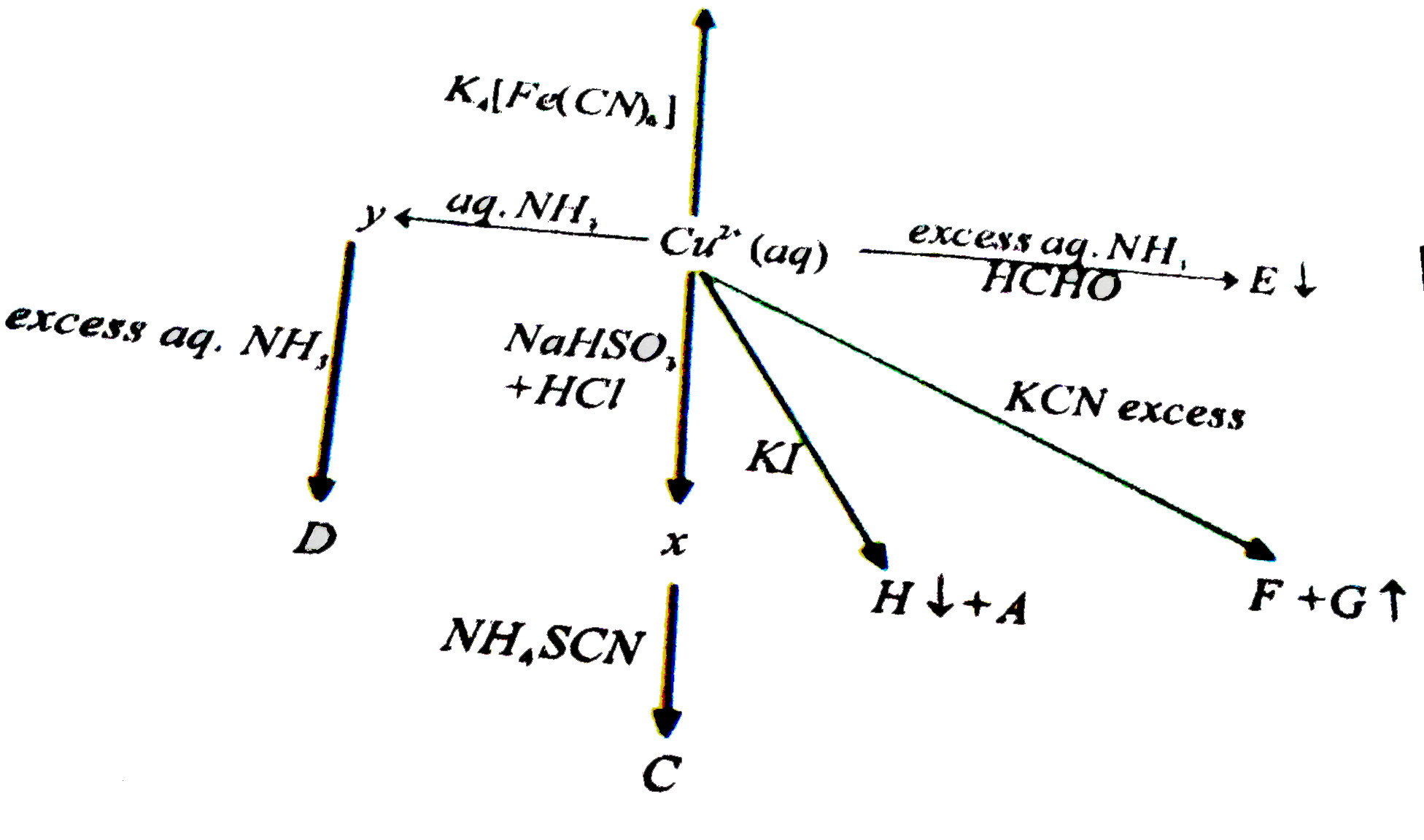Lithium hydride reacts with aluminum chloride to form a complex. The geometry of the complex and the ligand present in the complex is
A
Octahedral, chloride
B
Tetrahedral, hydride
C
Octahedral, bridging chloride
D
Tetrahedral, Chloride and hydride
Video Solution
Text Solution
The correct Answer is:B
|
Answer
Step by step video, text & image solution for Lithium hydride reacts with aluminum chloride to form a complex. The geometry of the complex and the ligand present in the complex is by Chemistry experts to help you in doubts & scoring excellent marks in Class 12 exams.
Updated on:21/07/2023
Topper's Solved these Questions
Similar Questions
Knowledge Check
- Question 1 - Select One

The geometry of the complex 'D' in the solid state isATetrahedralBSquare planarCOctahedralDSquare pyramid - Question 2 - Select One
Lithium aluminium hydride reacts with silicon tetrachloride to form :
ALiCl,AlH3andSiH4BLiCl,AlCl3andSiH4CLiH,AlCl3andSiCl2DLiH,AlH3andSiH2 - Question 3 - Select One
Ligands in a complex salt are:
A(a) ions or molecules linked by coordinate bonds to a central metal atom or ion.B(b) molecules linked by coordinate bonds to a central metal atom or ion.C(c) cations linked by coordinate bonds to a central metal atom or ion.D(d) anions linked by coordinate bonds to a central metal atom or ion.
The capacity of the organic ligand in the following complex is_____.
 .View Solution
.View SolutionThe geometry of [CoF6]2− complex ion is…….
View SolutionAccording to Werner's theory the geometry of the complex is determined by
View SolutionThe number of unidentate ligands in the complex ion is called
View SolutionWhich of the following ligand gives chelate complexes ?
View Solution

